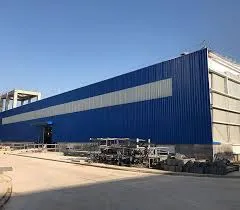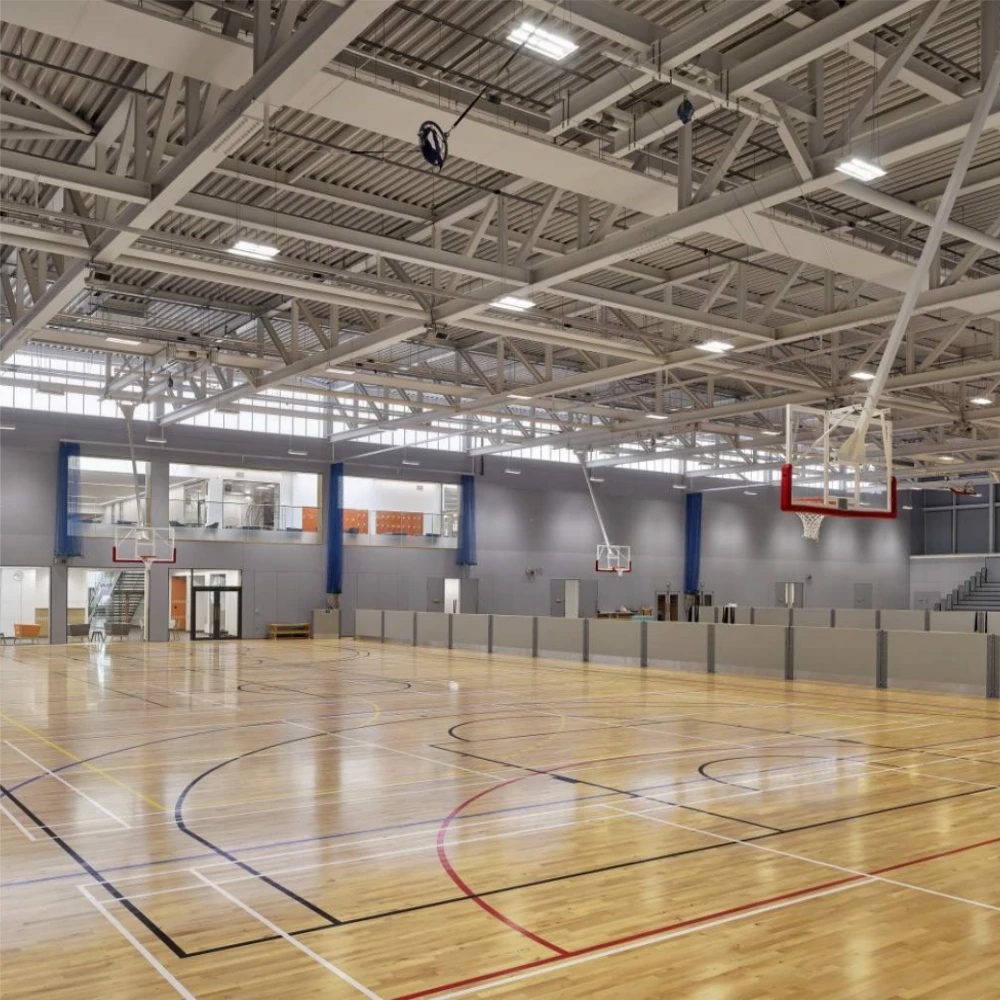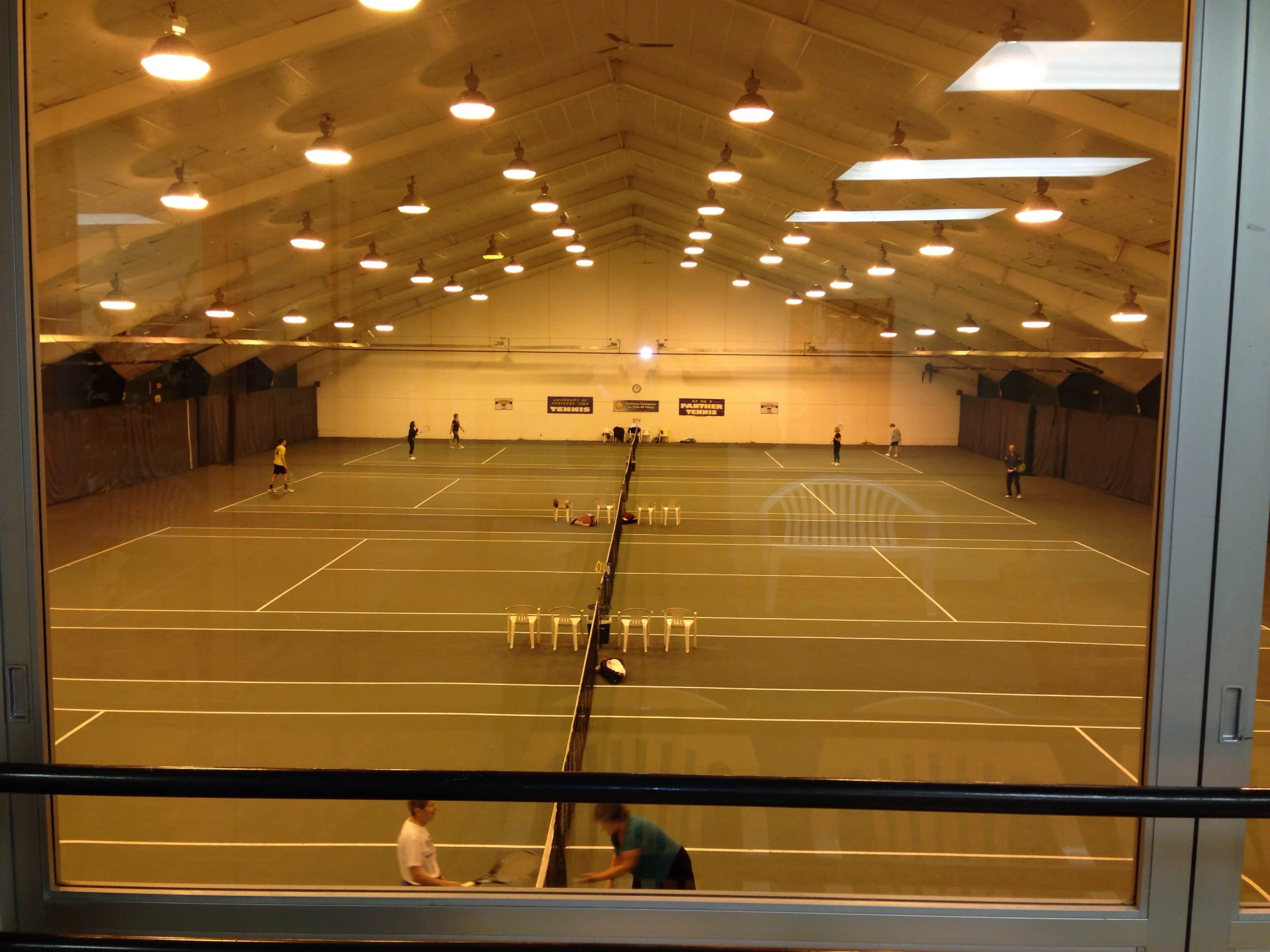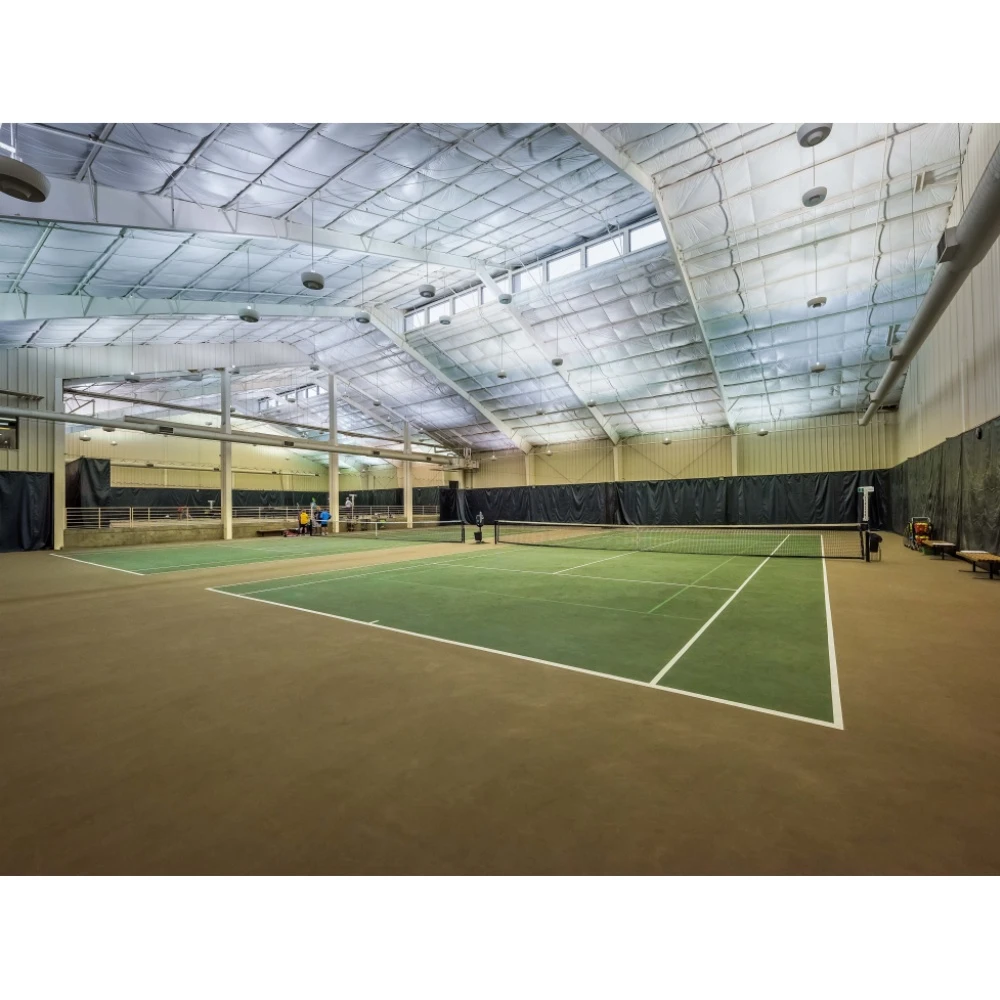- Afrikaans
- Albanian
- Amharic
- Arabic
- Armenian
- Azerbaijani
- Basque
- Belarusian
- Bengali
- Bosnian
- Bulgarian
- Catalan
- Cebuano
- Corsican
- Croatian
- Czech
- Danish
- Dutch
- English
- Esperanto
- Estonian
- Finnish
- French
- Frisian
- Galician
- Georgian
- German
- Greek
- Gujarati
- Haitian Creole
- hausa
- hawaiian
- Hebrew
- Hindi
- Miao
- Hungarian
- Icelandic
- igbo
- Indonesian
- irish
- Italian
- Japanese
- Javanese
- Kannada
- kazakh
- Khmer
- Rwandese
- Korean
- Kurdish
- Kyrgyz
- Lao
- Latin
- Latvian
- Lithuanian
- Luxembourgish
- Macedonian
- Malgashi
- Malay
- Malayalam
- Maltese
- Maori
- Marathi
- Mongolian
- Myanmar
- Nepali
- Norwegian
- Norwegian
- Occitan
- Pashto
- Persian
- Polish
- Portuguese
- Punjabi
- Romanian
- Russian
- Samoan
- Scottish Gaelic
- Serbian
- Sesotho
- Shona
- Sindhi
- Sinhala
- Slovak
- Slovenian
- Somali
- Spanish
- Sundanese
- Swahili
- Swedish
- Tagalog
- Tajik
- Tamil
- Tatar
- Telugu
- Thai
- Turkish
- Turkmen
- Ukrainian
- Urdu
- Uighur
- Uzbek
- Vietnamese
- Welsh
- Bantu
- Yiddish
- Yoruba
- Zulu
Sep . 24, 2024 11:02 Back to list
Industrial Building Design Key Principles and Trends
The design of industrial buildings plays a crucial role in enhancing functionality, efficiency, and sustainability in various sectors
. As industries evolve, so too does the approach to industrial building design, adapting to new technologies, environmental considerations, and changing market demands.One of the primary principles of industrial building design is functionality. Industrial facilities must be designed to accommodate specific operational needs, whether it be manufacturing, warehousing, or distribution. This involves careful planning of space, flow of materials, and accessibility for workers and machinery. Designers must ensure that the layout promotes efficiency, allowing for seamless movement of goods and minimizing downtime.
Sustainability has become a pivotal consideration in modern industrial design. As industries recognize their impact on the environment, incorporating green building practices has become essential. This includes utilizing energy-efficient systems, installing renewable energy sources like solar panels, and using sustainable materials in construction. Green roofs, rainwater harvesting systems, and efficient insulation methods are just a few examples of how industrial buildings can be designed to reduce their carbon footprint and operational costs.
industrial building designin

Another significant trend in industrial building design is the integration of technology. The rise of automation and smart technologies means that modern industrial spaces must accommodate advanced machinery and systems. This can include dedicated areas for robotics, IoT devices, and advanced climate control systems, all of which contribute to operational efficiency and worker safety. Furthermore, data analytics can be incorporated into the design to monitor energy usage and optimize performance in real-time.
Flexibility in design is also increasingly important. As markets change and technology evolves, industrial buildings must be adaptable to new processes and needs. This might involve modular designs that can be easily reconfigured, or spaces that can serve multiple purposes as business requirements shift.
In conclusion, industrial building design is a dynamic field that balances functionality with sustainability and technological integration. As industries continue to innovate, so too will the architecture of the spaces in which they operate, resulting in facilities that not only meet present needs but also anticipate future demands. The emphasis on efficient, adaptable, and environmentally friendly designs will shape the future of industrial architecture for years to come.
-
How Do Prefabricated Steel Structures Transform Modern Construction?
NewsJul.14,2025
-
How Do Prefabricated Metal Buildings Redefine Modern Construction?
NewsJul.14,2025
-
How Do Prefab Insulated Metal Buildings and Steel Structures Revolutionize Modern Construction?
NewsJul.14,2025
-
How Do Pre - Engineered Steel Structures Redefine Modern Construction?
NewsJul.14,2025
-
Advancing Modular Construction with Prefabricated Metal Structures
NewsJul.14,2025
-
Advancing Industrial Infrastructure with Prefabricated Steel Solutions
NewsJul.14,2025
Products categories
Our Latest News
We have a professional design team and an excellent production and construction team.











